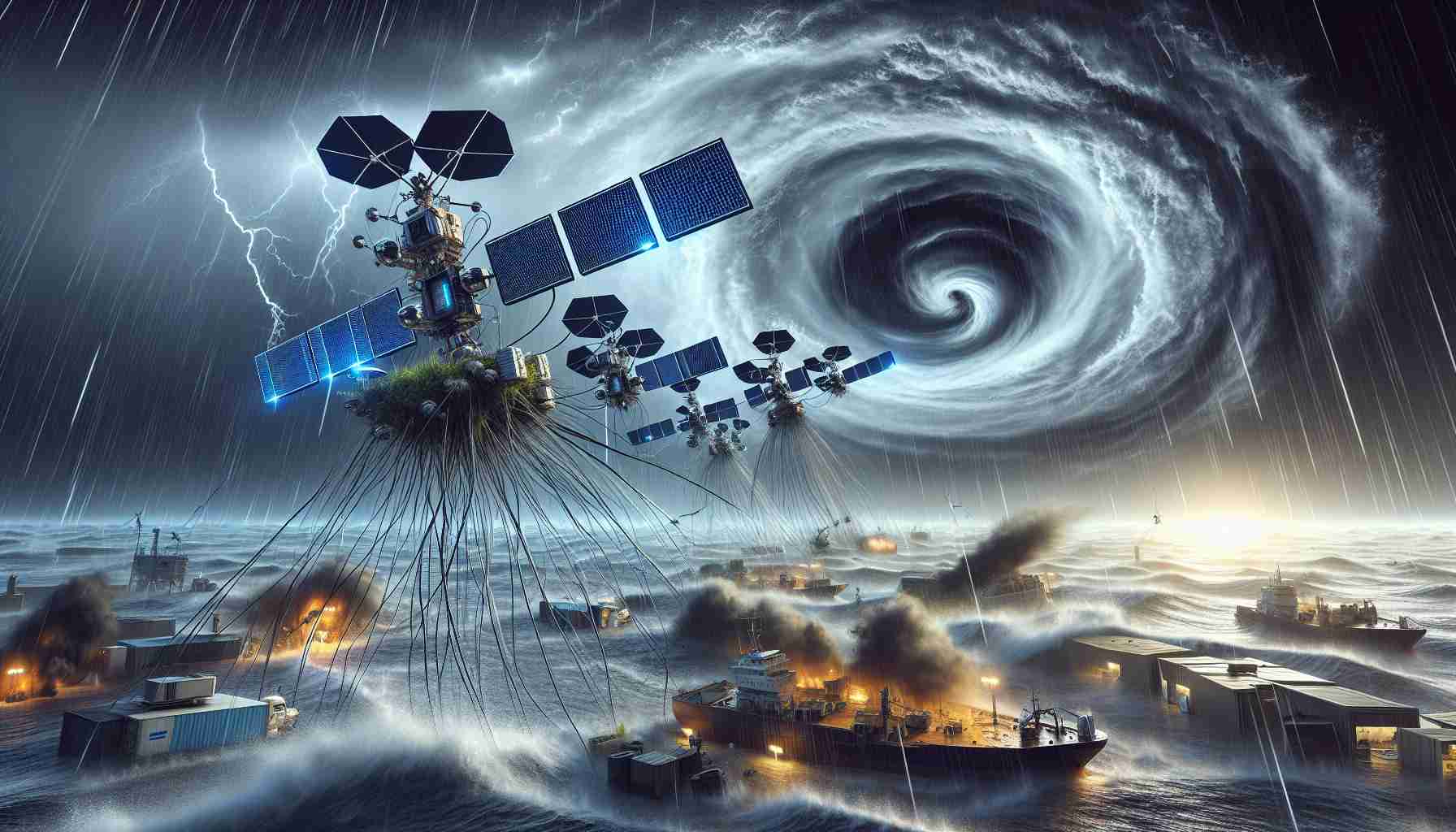
In the wake of Hurricane Helene, Starlink, the satellite internet service established by SpaceX, has risen to prominence for its rapid deployment to affected areas. The service aims to restore essential communications in communities disrupted by the storm’s devastation. On October 3, the Federal Emergency Management Agency confirmed the dispatch of over 60 Starlink units to assist with response efforts in states struck by the hurricane. Notably, North Carolina received 40 of these units to enhance connectivity for first responders.
Starlink operates with a mission to deliver high-speed internet globally, focusing particularly on rural and underserved regions. This innovative service utilizes a network of thousands of satellites orbiting the Earth at altitudes around 550 kilometers. Since its inception with the first satellite launch on May 23, 2019, Starlink has established itself as a pioneer in satellite-based internet technology.
To support residents affected by Hurricane Helene, Starlink is providing complimentary 30-day internet access. Individuals can easily sign up for this temporary service through the company’s website. Additionally, existing users in disaster-stricken areas may qualify for a relief credit on their service fees.
Pricing for Starlink varies by location. In Knoxville, for instance, the initial setup is approximately $299, coupled with a monthly fee of $120 for residential plans. While SpaceX operates Starlink, it remains a private entity and is not publicly traded.
Starlink’s Role in Hurricane Helene Recovery Efforts: A Closer Look
In the aftermath of Hurricane Helene, Starlink emerged as a critical partner in restoration efforts, providing not only internet access but also addressing key communication challenges faced by emergency responders and local residents. While previous reports highlighted the deployment of Starlink units and initial service offerings, several additional factors underscore the significance of this satellite internet service in disaster recovery contexts.
How does Starlink’s technology uniquely support recovery efforts?
Starlink’s innovative low Earth orbit (LEO) satellite constellation facilitates quick internet deployment in disaster-struck areas where traditional infrastructure might be compromised or completely destroyed. This technology supports high-speed broadband connections, even in remote or rural locations that typically face connectivity issues. The low latency associated with LEO satellites also allows for effective communication, crucial for coordinating disaster response efforts.
What are the key challenges of utilizing Starlink during recovery operations?
One major challenge is the need for hardware deployment in affected areas. While Starlink can provide services relatively quickly, setting up the necessary terminals requires logistical coordination. Moreover, satellite internet can be impacted by weather conditions, which can sometimes lead to connectivity interruptions during critical moments. This dependency on physical equipment and environmental factors can complicate immediate response efforts.
Controversies surrounding Starlink’s involvement
There are ongoing discussions about the potential monopolization of communication infrastructure during disasters. Some critics argue that reliance on a single provider for essential services could pose risks if the company faces operational issues. Furthermore, discussions about the costs associated with long-term subscriptions to satellite services for impacted residents have sparked debates on equity and access to technology in recovery scenarios.
What are the advantages of using Starlink for disaster recovery?
1. Rapid Deployment: Starlink can be set up quickly, allowing for immediate restoration of communication channels.
2. Accessibility: They bridge the digital divide for rural and underserved communities affected by natural disasters.
3. Enhanced Coordination: Provides first responders and relief organizations with a means to communicate effectively, which is vital for efficient rescue and recovery operations.
Disadvantages to consider
1. Dependence on Technology: If satellite signals are compromised, it may hinder communication.
2. Costs for Long-Term Use: Residents may struggle with ongoing subscription fees after initial free access ends.
3. Environmental Concerns: The increasingly crowded low Earth orbit raises concerns about space debris and sustainable satellite usage.
In conclusion, while Starlink has greatly enhanced communication capabilities in the aftermath of Hurricane Helene, it raises important questions about technological dependency and the equitable provision of services in disaster recovery. As satellite technology continues to evolve, it is crucial to consider both its benefits and challenges in ensuring resilient communication networks in times of crisis.
For more information on Starlink’s services and contributions, you can visit Starlink.



